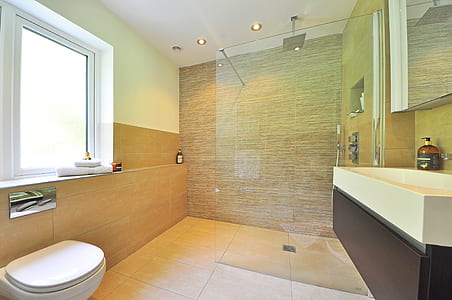
Summary:
- Water supply in the bathroom: what to check
- Water supply in the bathroom: how to modify them
- Bathroom sewage disposal: what to check
- Getting the work done
It is useless to have a nice tap or a nice shower without water, or without being able to drain it! Water supply and drainage in a bathroom are therefore essential elements to be taken into account, whether you are renovating an existing room or creating a new one from scratch.
Water supply in the bathroom: what to check
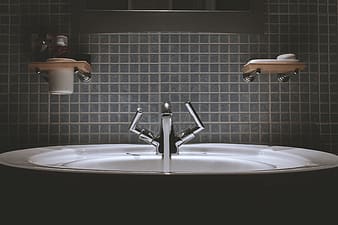
General installation
It all starts at the main sewer where all the pipes in the house are connected. Before the first branch, just after the meter, a non-return valve must be installed. Its task is to control the direction of the water so as to prevent the domestic installation from flowing back into the main pipe.
Each water inlet pipe must be fitted with an easily accessible stop valve to cut off the water, for example in the event of a leak. This shut-off valve is often combined with a trap to empty a section of the pipe.
Water pressure
Too much pressure can damage pipes and plumbing fixtures. If you experience these so-called “pressure surges”, it is recommended to install a pressure reducer after the meter and the non-return valve. You can choose between a constant pressure model, which ensures a regular and fixed pressure, and an adjustable model with a manometer to select the pressure.
Conversely, the water pressure may be insufficient. If it is less than 0.3 bar at the tap that has the lowest pressure, you will have to install a booster after the meter and the non-return valve. It is up to you to choose a model with or without a built-in pressure gauge (which prevents the pump from starting up in the event of a small flow of water or a leak), the capacity and flow rate which will be adapted to your daily water consumption.
Water supply in the bathroom: how to modify them
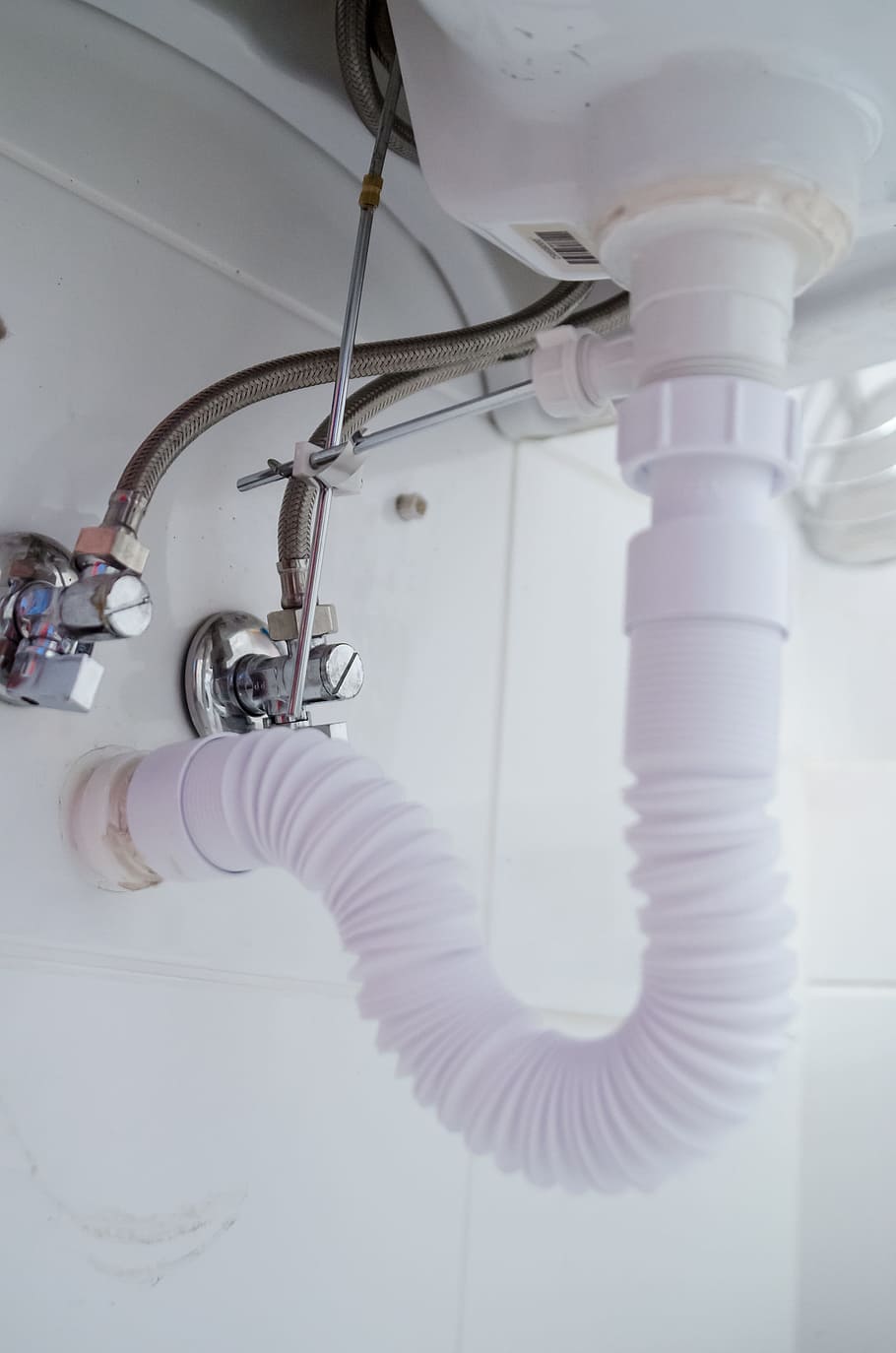
As the water inlet pipe is under pressure, it can be extended, going up and down to settle wherever you wish in the bathroom, preferably under the washbasin. While any modification to these pipes requires patience and rigor, you should be a good handyman; else it does necessarily require an experienced plumber.
The equipment that you will need
For pipes, you may prefer a material such as PEX (cross-linked polyethylene) to copper, whose use requires a great deal of control. In addition to these pipes, brass fittings, elbows, T’s, reducers, hoses, wire or Teflon, and a shut-off valve, you will also need pliers to cut the PEX, a drill, a hammer, a screwdriver and wrenches.
Note: the minimum diameter of the PEX pipe depends on the sanitary fittings to be connected: 10 mm for a washbasin, 12mm for a shower, 13mm for a bathtub, but 16mm can also be used for both shower and bathtub.
The main steps
Start by accurately measuring the required pipe lengths, as well as the number of fittings, elbows, T’s, hoses… In a bathroom, know that you need one hot and one cold water inlet for the bathtub, the same for the shower and the sink, and only one cold water inlet for the toilet unless you are also installing a bidet. If you are connecting to existing pipes, check the diameter of the pipes carefully.
Then make sure to turn off the water in the bathroom before starting the work by following the instructions below.
Waste water drainage in the bathroom: What to check
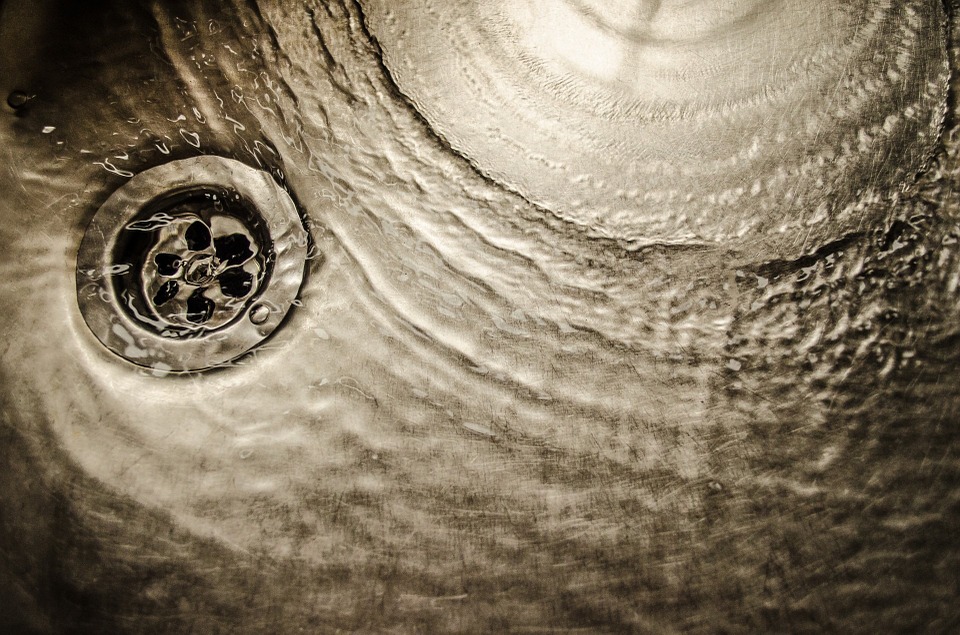
If the water in the inlet pipe is under pressure (allowing it to rise and fall at will), the wastewater flows naturally in the outlet pipe. Therefore, to avoid stagnation, it needs a minimum slope of 2%.
Note: If the wastewater and the debris it contains are not properly drained, they will create blockages, damage the piping system, and cause bad odors and leaks.
The sink or washbasin, placed high up, can therefore mechanically move away from the drain to which it will be connected. But the shower and bathtub, which are closer to the floor, will have to be placed as close as possible to the pipe to keep up with the slope. If this is not possible, you will have the possibility:
– To create a platform for your sanitary facilities, this will also make it possible to hide all the piping;
– To entirely raise the bathroom floor;
– Or opt for a lifting pump, which takes the form of a motor that pressurizes the wastewater and carries it to the drainpipe.
Each unit will have its own line
Each sanitary unit must be connected to its own waste water drainage pipe. And not all of them will have the same diameter.
For toilets, the diameter of the sewage pipe must be between 100 and 125 mm. What if it already exists and has an insufficient diameter, or if the slope is insufficient? You can opt for a macerating toilet which can be laid on a pipe with a diameter of up to 22 mm.
For a washbasin, the diameter of the waste water pipe (longer than 1 m) must be at least 40 mm, compared to a minimum of 50 mm for the bathtub and shower.
Note: Only a very experienced DIY enthusiast can create a waste water drainage system. It is best to call in a professional.
Getting the work done
It is good practice to call in a professional to study the feasibility of your bathroom project. You can also be sure that the work will be done in accordance with standards and in the shortest possible time, which is essential for a room like the bathroom.
Tip: if the plumber you are thinking of hiring has a website, consult his achievements and check his references. Don’t hesitate to ask your acquaintances for advice; they may be able to recommend a professional. Nothing beats word of mouth! Also make sure that the plumber you choose is registered in the trade directory. Don’t hesitate to get several quotes and take the time to compare them, since rates can vary considerably from one plumber to another.
Moreover, these estimates are considered as a contract once signed, and they must show the quantity and price for each detail of the service (parts, materials, and workmanship). They must also indicate the amount to be paid including VAT, the VAT rate, as well as the period of validity of the offer without forgetting the deadline for completion of the work.
The rates of a plumber are variable, depending, among other things, on the technical constraints related to the installation of your bathroom.
Hope the above helps you out to decide whether you should do it yourself or call for an expert. Remember to drop your comments below.

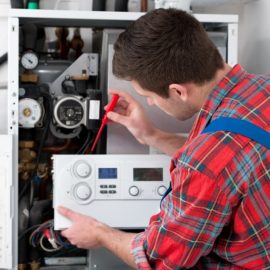

Pingback:Plumbing System: Operation of Single Fall and Separate Falls - Plumbers services